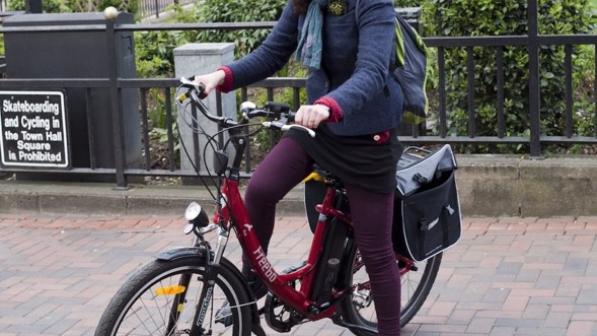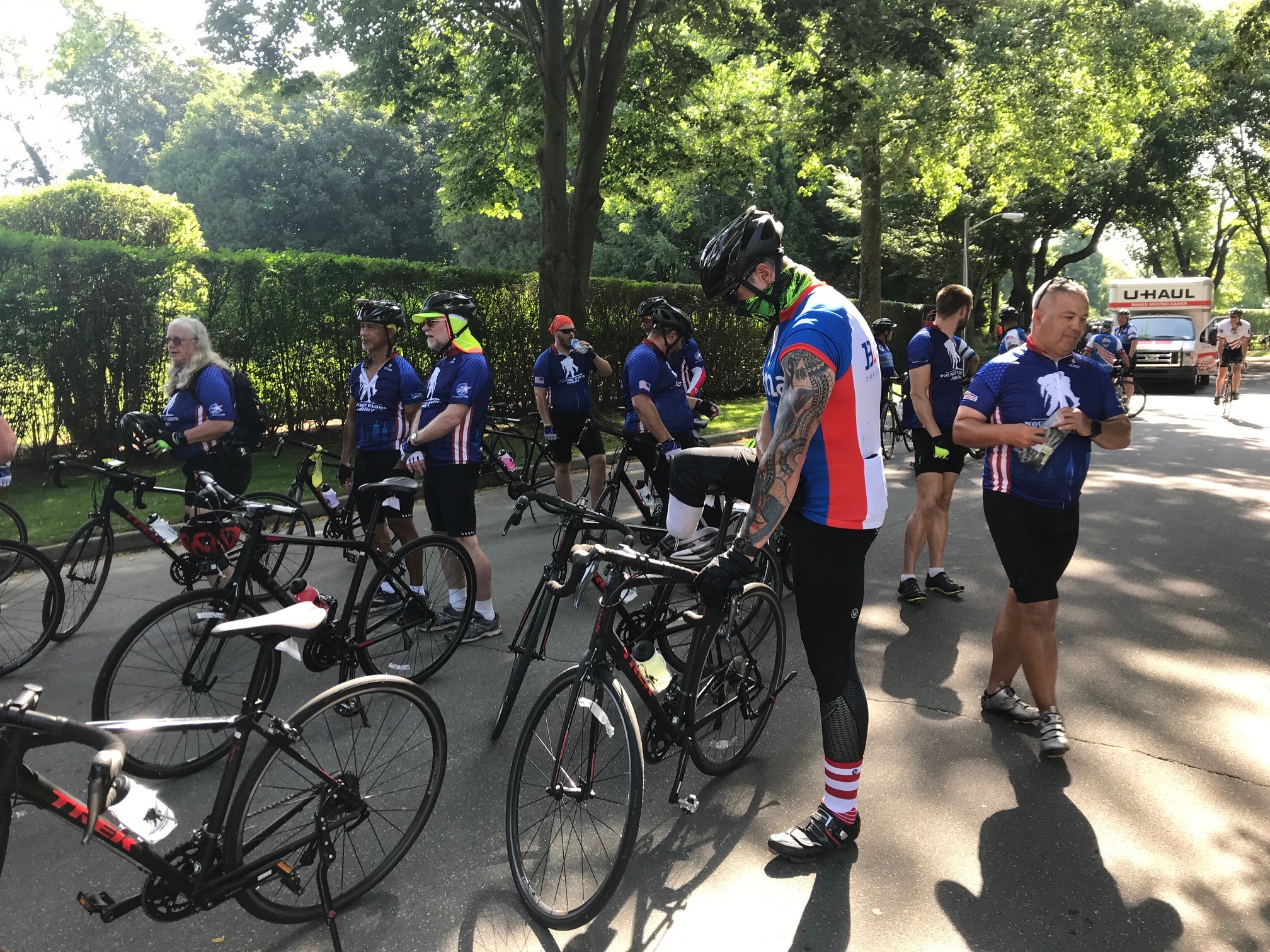My Cycle, My Mobility Aid: recognising cycles as a mobility aid

What is the campaign about?
Today Wheels for Wellbeing (WfW) launch their new campaign called My Cycle, My Mobility Aid, for which we are delighted to have the backing of Cycling UK. The aim of our campaign is to raise awareness of the fact that many Disabled cyclists find cycling easier than walking, and use their cycle as a mobility aid - but are often penalised for doing so.
Currently, the common understanding of a mobility aid is as either a wheelchair or mobility scooter, but we want people to understand that for many Disabled people a cycle (be it a standard bicycle, tricycle or otherwise) can also act as their mobility aiding device.
According to our latest survey, up to three-quarters of Disabled cyclists find cycling easier than walking, with the same proportion using their cycle as a mobility aid. We know that in many cases this is because cycling provides a non-weight-bearing form of exercise and can help reduce strain on the joints, aid balance and alleviate breathing difficulties.
For many Disabled cyclists, the concept of using a cycle as a mobility aid is really no different to using a mobility scooter - except that it offers a form of active travel and physical exercise. However, whilst many might assume that cycles are treated in the same way as any other mobility aid used by a Disabled person, this is not the case.
Disabled cyclists who use their cycle as a mobility aid, nearly half have been asked to dismount and walk/wheel their cycle, even when it might be physically impossible for them to do so.
Neil Andrews, Wheels for Wellbeing
For one, cycles are not legally recognised as a mobility aid, unlike wheelchairs and mobility scooters. This causes Disabled cyclists to encounter difficulties on a regular basis. For instance, our same survey showed that of those Disabled cyclists who use their cycle as a mobility aid, nearly half have been asked to dismount and walk/wheel their cycle, even when it might be physically impossible for them to do so.
Typically, this occurs on footways or in ‘cyclists dismount’ zones, where mobility scooters are allowed but cycles and cycling are not. But it can also happen in parks, shopping centres and train concourses.
All because cycles are not recognised as a legitimate mobility aid.
Added to this, there appears to be little awareness and understanding amongst local enforcement and police officers of the concept. Whilst 14% of Disabled cyclists have been told they were allowed to cycle in a pedestrianised area (once they had explained that they use their cycle as a mobility aid), we know of similar instances in which Disabled cyclists have been threatened with Fixed Penalty Notices (FPNs). This goes to show that local authority understanding of the issue remains unclear, whilst police practice remains inconsistent.
Taken together, these issues only add to Disabled cyclists’ anxiety, whilst serving to discourage more Disabled people from taking up cycling and leading healthy, active, independent lifestyles.
How can we change this?
First and foremost, we need to build awareness of the mobility aid concept amongst the public, policymakers and police.
Getting the message out there that Disabled people can and do cycle, and often use their cycle as a mobility aid, is key if we are to change attitudes. Greater awareness will in turn help to reduce levels of abuse encountered by Disabled cyclists (often as a result of misunderstanding), as well as eliminate the sources of potential conflict and confrontation.
First and foremost, we need to build awareness of the mobility aid concept amongst the public, policymakers and police.
Neil Andrews
There are ways in which the Government can help to remedy the situation. Some ‘softer’ measures might include a public information campaign, to raise the profile of the issue in the first instance, or designing a leaflet/badge that can be used to help identify Disabled people who use their cycle as a mobility aid (similar in a fashion to TfL’s ‘please offer me a seat’ initiative).
Further, the Government could work with the police to revise and reaffirm the Boeteng guidance (a common sense approach to cycling on the footway, which allows police to use discretion where vulnerable cyclists are using the footway considerately out of fear of cycling on the road), to make explicit reference to the needs of Disabled cyclists. Indeed, as WfW's latest research has shown, there is already a precedent for such an approach in other countries.
Further still, the Government could look to amend the Use of Invalid Carriages on Highways Regulations (UICHR) 1988 - the legislation that sets out the definitions of Class 1, 2 and 3 mobility aids - to legally recognise the use of cycles as a mobility aid, or ‘invalid carriage’.
In short, there are a range of policy options available to the government.
To this end, WfW (and Cycling UK) were pleased to see the Department for Transport commit to exploring the mobility aid concept by 2020 as part of its Inclusive Transport Strategy last year, which was a first and marks a step in the right direction. But we need to continue to push for this issue to stay on the government’s agenda.
How can you get involved?
WfW campaign is about raising awareness of the mobility aid concept, which we are doing largely through social media.
Amongst other things, we’re encouraging Disabled cyclists to take part in our social media campaign, using the hashtag #MyCycleMyMobilityAid, and to send in their photos to show that cycles come in a variety of different forms. We’re also asking people to fill in a short questionnaire, as we’re interested to learn more about the difference that using a cycle as a mobility aid makes to the lives of Disabled people. There’s also a template letter that people can send to their MP, if they have a bit more time.
Find out more about My Cycle, My Mobility Aid


